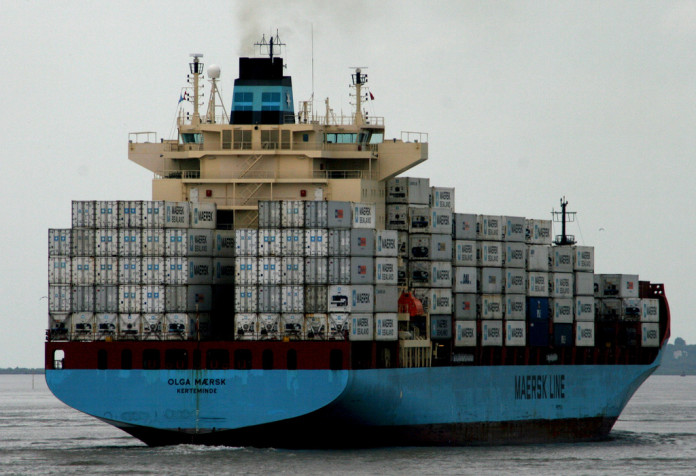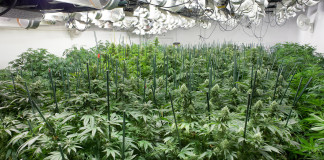By: Megan Ray Nichols
The process of transporting your food from the farm or plantation, into processing plants and onto store shelves, is quicker than it’s ever been. But despite the faster pace, as well as stringent quality control standards across the board, food that’s meant for human consumption is still at risk.
Even fresh fruits and vegetables, which require little to no processing at all, aren’t completely safe. A Listeria outbreak in 2016 was linked to frozen vegetables sold on both the east and west coasts of the United States, which ultimately led to numerous illnesses. A separate outbreak, which was linked to fresh-cut vegetables, affected consumers in an additional nine states throughout the southern U.S.
Separating Food According to Specific and Unique Risks
The shipping and handling process can have a significant impact on the safety of consumer food. Moreover, the various types of food are susceptible to different risks and hazards. Meat and dairy are among the most vulnerable. Such shipments almost always involve temperature control technology and tight deadlines.
Produce, including nuts, must also be protected against numerous potential risks. Although they’re typically not as delicate as meat or dairy products, these items still require temperature control and timely delivery.
Other products, such as bread and breading mixtures, seasoning and certain condiments, also require regular monitoring and temperature control. While this can be a lot to keep track of, the United States Food and Drug Administration’s Center for Food Safety and Applied Nutrition (CFSAN) offers several programs to aid in shipment planning, tracking and monitoring.
Making Progress
The FDA has even introduced new standards regarding food contamination and safety during the transportation process. The bill, known as the Food Safety Modernization Act (FSMA), establishes strict guidelines that ensure quality and consistency between manufacturers, producers, distributors and retailers. These specific guidelines are actually a part of the much larger Sanitary Food Transportation Act (SFTA), which was originally enacted in 2005.
Noticing Some Common Trends
Regardless of the different food types, there are some common hazards that are inherent to the transportation process itself. Climate or temperature control is certainly the most serious threat, as many consumer products require a specific temperature, which is usually lower than 40 degrees Fahrenheit, to maintain freshness and safety.
Although refrigerated trucks, trailers and shipping units are meant for this very purpose, those which are stocked with different products face the potential of cross-contamination. This occurs when food types become mixed in with items from another category. Not only does this increase the difficulty of the final sorting and delivery process, but it can also expose food to hazards that would never have been an issue in the first place.
Utilizing New Technology
Technology is playing an ever-larger role in the shipping and transportation of consumer food throughout the U.S. and across the globe. Moreover, the Internet of Things is making it easier for suppliers and distributors to guarantee the quality of their deliveries from day-to-day and month-to-month.
Wireless sensors, which monitor internal conditions such as temperature and humidity, help maintain the proper levels at all times. Most of these devices can also be set up to provide instant notifications to email, text or even a landline telephone, thereby informing the appropriate personnel of any deviations, interruptions or problems.
Safeguarding Our Nation’s Food for the Future
A great deal of effort is being invested to ensure the freshness and safety of our nation’s food for years to come. By recognizing the different types food, as well as the risks that are unique to each group, following all applicable guidelines and embracing modern technology, we seem to be heading in the right direction.
About the Author:
 Megan Nichols is the editor of Schooled by Science. She enjoys writing about the latest innovations in technology and science.
Megan Nichols is the editor of Schooled by Science. She enjoys writing about the latest innovations in technology and science.






